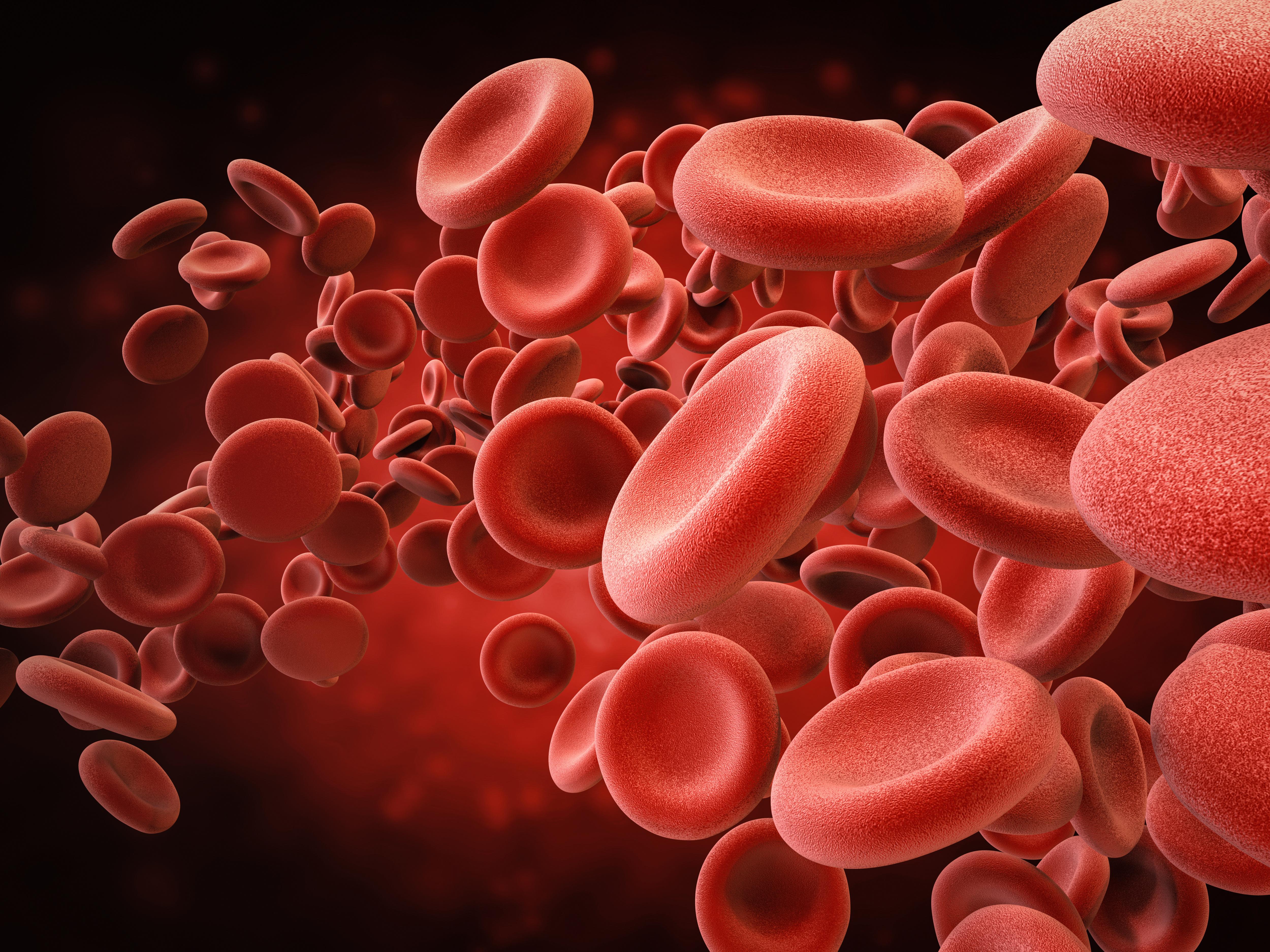Article
Milvexian Shows Promise for Preventing Stroke in Phase 2 Dose-Finding Trial
A phase 2 dose-finding trial presented at ESC Congress 22 suggests the use of milvexian could reduce the risk of ischemic stroke by up to 30% without a major increase in the risk of bleeding events in certain doses.

New research from a trial presented at the European Society of Cardiology (ESC) Congress 2022 suggests a new factor XIa inhibitor may soon be added to the clinicians’ armamentarium, returning positive findings from use of milvexian in patients with a history of stroke.
In what the ESC is calling the largest dose-finding trial of an anticoagulant in a stroke population, the phase 2 AXIOMATIC-SSP trial provides evidence suggesting use of milvexian in patients with a prior ischemic stroke or high-risk transient ischemic attack (TIA) could reduce risk of stroke without an increase in clinically significant bleeding events.
“Early stroke recurrence after ischemic stroke or TIA remains a significant risk despite advances in secondary prevention. Due to bleeding concerns, there are currently no anticoagulants used when a patient suffers an acute noncardioembolic ischemic stroke; however, these data suggest that milvexian has potential to improve outcomes for stroke patients in clinical practice,” said Mukul Sharma, MD, MSc, FRCPC, director of the Stroke Program at McMaster University, Population Health Research Institute and Hamilton Health Sciences, in a statement from Bristol Myers Squibb. “The most important factor for stroke clinicians is the ability to reduce the risk of symptomatic ischemic stroke, and the AXIOMATIC-SSP study demonstrates this potential benefit with milvexian without increase of symptomatic intracranial hemorrhage or fatal bleeding.”
A specific small-molecule inhibitor of factor XIa metabolized in the liver by CYP3A4 with a terminal half-life of 11-18 hours when administered in healthy volunteers, the investigational agent from Bristol Myers Squibb is the latest member of a newer class of antithrombotic therapy born out of the need for newer agents to reduce risk of bleeding.
For inclusion in the trial, patients needed to be at least 40 years of age, have mild-to-moderate acute nonlacunar ischemic stroke or a high-risk TIA with evidence of arterial atherosclerosis, and could be randomized within 48 hours of symptom onset. A total of 2366 patients from 367 sites in 27 countries were identified for inclusion. These patients had a median age of 71 years and 64% were men. Of 2366 included in the study, 691 were randomized to placebo therapy and 1635 were randomized to 1 of 5 doses of daily milvexian for 90 days. Overall, 328 individuals were randomized to 25 mg milvexian once-daily while 318, 328, 310, and 351 individuals were randomized to milvexian twice daily in doses of 25, 50, 100, and 200 mg, respectively.
Investigators pointed out all participants received background treatment with open-label aspirin and clopidogrel for 21 days, followed by open-label aspirin from day 22-90. The primary efficacy outcome for the trial was a composite of ischemic stroke during treatment or incident infarct on brain MRI at 90 days. The primary safety outcome for the trial was major bleeding, which was defined as Bleeding Academic Research Consortium (BARC) type 3 or 5 bleeding. Investigators also pointed out MRI was performed at baseline and 90 days.
Upon analysis, investigators found there was no apparent dose-response with milvexian, despite the rate of the primary efficacy endpoint being numerically lower at the 50 mg and 100 mg twice daily doses, with rates of 16.6%, 16.2%, 18.5%, 14.1%, 14.7%, and 16.4% for the placebo, 25 mg once-daily, 25 mg twice daily, 50 mg twice daily, 100 mg twice daily, and 200 mg twice-daily groups, respectively. In the trial’s intention-to-treat population, analyses suggested use of milvexian numerically reduced the risk of clinical ischemic stroke at all doses except the 200 mg twice-daily dose, with doses from 25 to 100 mg twice daily showing an approximately 30% relative risk reduction versus placebo. Overall, clinical ischemic stroke event rates were 5.5%, 4.6%, 3.8%, 4.0%, 3.5%, and 7.7% among the placebo, 25 mg once-daily, 25 mg twice daily, 50 mg twice daily, 100 mg twice daily, and 200 mg twice-daily groups, respectively.
In safety analyses, results indicated overall incidence rates of major bleeding were 0.6% with placebo, 0.6% with 25 mg once daily, 1.5% with 50 mg twice daily, 1.6% with 100 mg twice daily, and 1.5% with 200 mg twice daily. When assessing major bleeding, investigators found the rate of major bleeding with milvexian 25 mg once-daily and 25 mg twice-daily was similar to that observed with placebo therapy, but a moderate increase was observed for doses of 50 mg and greater, with no apparent dose-response. Investigators also pointed out there were no increases in severe bleeding and no instances of fatal bleeding in any arm of the study.
“Based on the observed efficacy signal for ischemic stroke, the bleeding profile, and the overall safety and tolerability, milvexian will be further studied in a phase 3 trial in a similar stroke population,” Sharma added, in a statement from the ESC.
This study, “Efficacy and Safety of the FXIa Inhibitor Milvexian for Secondary Stroke Prevention: Final Results of the AXIOMATIC-SSP Dose-finding Randomized Trial,” was presented at ESC Congress 2022.





